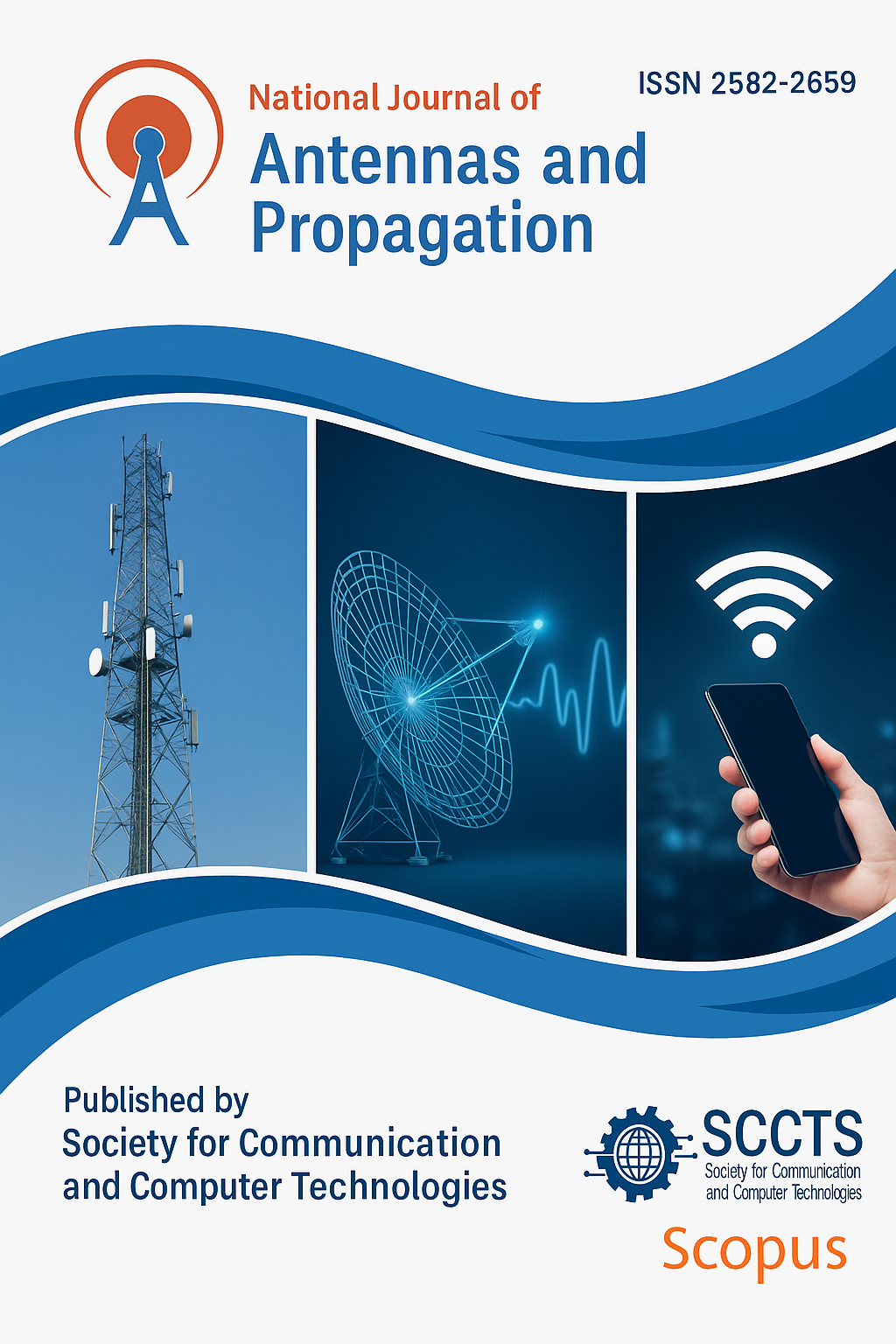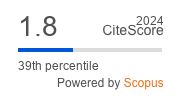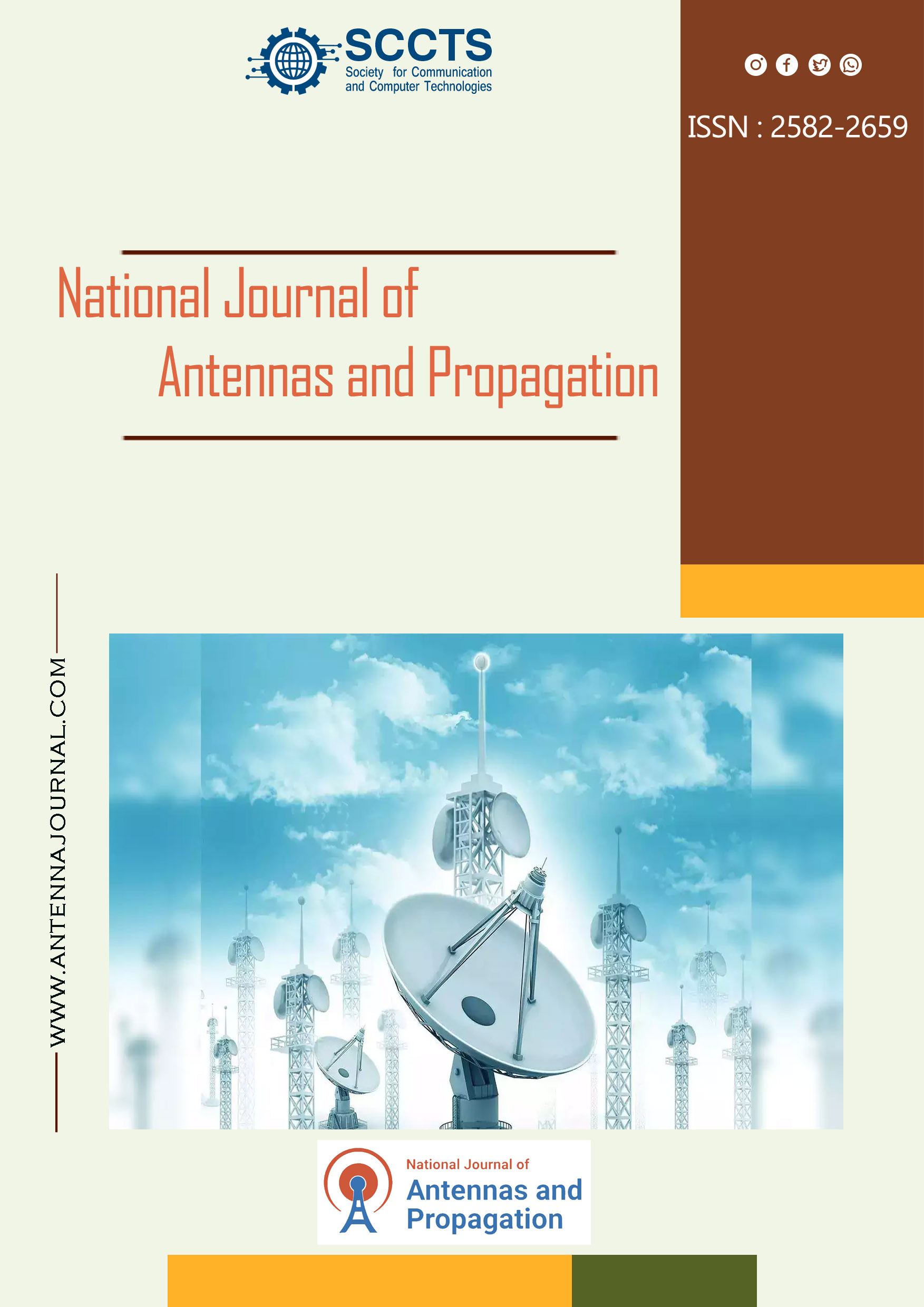System Level Architectures and Optimization Of Low Cost, High Dimensional Mimo Antennas For 5G Technologies
DOI:
https://doi.org/10.31838/NJAP/06.01.08Keywords:
AAS; MIMO; PROC; OPT; WINCOMAbstract
It’s understood that the strategies for designing and efficiently implementing multiple input multiple-output (MIMO) antenna arrays for large scale application is very important in the advancement of the 5G and next generation wireless communications Networks.
Multiple Input Multiple Output technology involves the use of multiple antenna at the transmission and reception end to enhance on the signal quality, data transfer rates and the degree of spectrum utilization. This paper provides a comprehensive overview of
new design approaches and optimization strategies applicable to LoS Large Scale MIMO Antenna Arrays with special emphasis on Antenna Element Spacing, Array Geometry, and Channel Estimation. Using this analytical model, we study the defining parameters for this model and their effects on key system performance indicators such as capacity, energy, and system interferences. Furthermore several complex analytical techniques such as beamforming and resource allocation inbound procedures for MIMIO systems and their
performance under eradic bearing conditions are also studied. Issues concerning the use of advanced materials and new forms of antenna constructions is also covered so as to show how new configurations can reduce size, weight and cost while still delivering good performance. Based on simulation and experimental evidence, this paper shows that the potential approaches suggested in this study can solve high-frequency bands and heavy users in 5G networks. Lastly, this research provides positive and valuable findings to the generation of low-complexity and high-performance practical multi-antenna systems that are crucial for the improvements and enhancements of the upcoming advanced wireless communication technologies MIMO systems.











